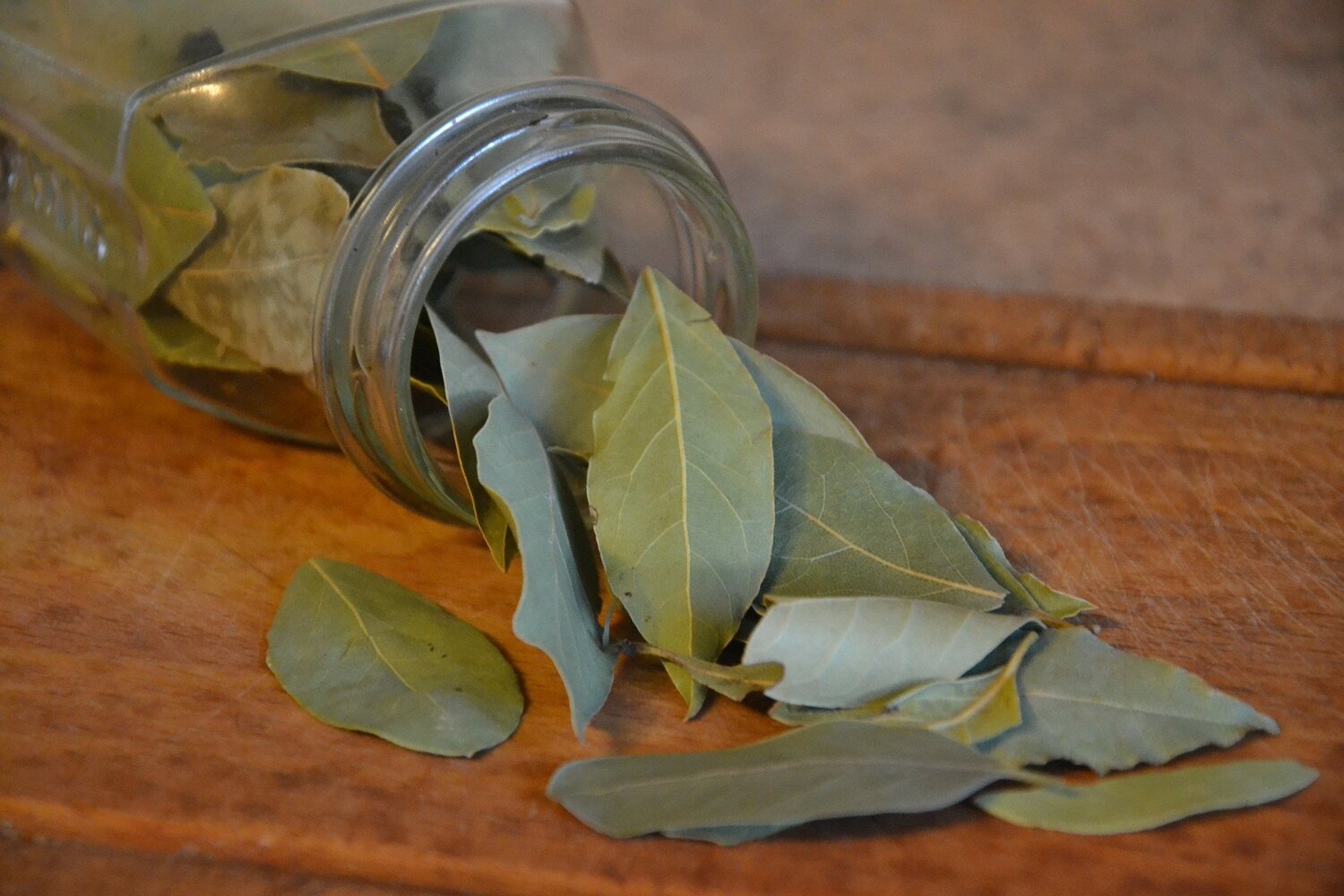

Articles
How To Store Bay Leaves
Modified: December 7, 2023
Learn the best methods for storing bay leaves to keep them fresh and flavorful. Read our articles for expert advice and tips on proper storage techniques.
(Many of the links in this article redirect to a specific reviewed product. Your purchase of these products through affiliate links helps to generate commission for Storables.com, at no extra cost. Learn more)
Introduction
Bay leaves are a versatile and aromatic herb that is commonly used in cooking to enhance the flavor of various dishes. Whether you use them in soups, stews, sauces, or even as a garnish, bay leaves add a distinct and delightful taste to your culinary creations.
But what happens when you have more bay leaves than you can use immediately? How can you ensure that they maintain their freshness and flavor for future use? That’s where proper storage techniques come into play.
In this article, we will explore the benefits of storing bay leaves, factors to consider before storing them, and various methods you can use to keep your bay leaves fresh and ready for your next culinary adventure.
Key Takeaways:
- Properly storing bay leaves prolongs their shelf life, saves money, and ensures consistent flavor, offering convenience and flexibility in culinary experimentation.
- Whether stored in a pantry, freezer, or infused in oil or vinegar, bay leaves can be kept fresh for extended periods by avoiding light, moisture, and strong odors.
Read more: How To Store Fresh Bay Leaves
Benefits of Storing Bay Leaves
Storing bay leaves properly has several benefits that can greatly enhance your cooking experience:
1. Prolonged Shelf Life: When stored correctly, bay leaves can retain their flavor and aroma for an extended period. This means that you can enjoy the freshness of bay leaves even when they are not in season.
2. Cost-Effective: By buying bay leaves in bulk and storing them properly, you can save money in the long run. Instead of purchasing small quantities of bay leaves each time you need them, you’ll have a ready supply at hand.
3. Convenience: Having bay leaves readily available in your pantry or freezer allows you to add them to your dishes whenever you want. You won’t have to worry about running out of bay leaves or making a special trip to the grocery store.
4. Consistent Flavor: Storing bay leaves properly ensures that their essential oils, which contribute to their distinctive flavor, are preserved. This means that whenever you use your stored bay leaves, you can enjoy the same rich and aromatic taste every time.
5. Flexibility: By storing bay leaves, you can experiment with different recipes and flavors. You’ll have the freedom to add bay leaves to your dishes as desired, even if a recipe doesn’t specifically call for them.
Now that we understand the benefits of storing bay leaves, let’s explore the factors you should consider before storing these aromatic herbs.
Factors to Consider Before Storing Bay Leaves
Before you begin the process of storing bay leaves, there are a few crucial factors to consider to ensure the best outcome:
1. Quality of the Bay Leaves: It’s essential to start with high-quality bay leaves. Look for whole, unblemished leaves with a vibrant green color. Avoid leaves that are discolored or have any signs of mold or pests.
2. Source of the Bay Leaves: If possible, opt for organic bay leaves to minimize exposure to pesticides or chemicals. Bay leaves sourced from reputable suppliers or trusted farmers’ markets are more likely to be of higher quality.
3. Storage Containers: Choose appropriate storage containers that are airtight to prevent moisture and air from entering. Glass jars or containers with tight-fitting lids are ideal for preserving the freshness of bay leaves.
4. Storage Location: Consider the storage location for your bay leaves. It should be away from direct sunlight, heat, and humidity. Ideally, find a cool and dark spot in your kitchen or pantry.
5. Duration of Storage: Determine how long you plan to store your bay leaves. This will help you decide whether to store them in the pantry, freezer, or preserve them in oil or vinegar.
6. Labeling and Dating: To keep track of the freshness of your bay leaves, label and date your storage containers. This will help you identify when they were stored and when they should be used by.
Now that we have covered the important factors to consider, let’s delve into the different storage techniques for bay leaves.
Proper Storage Techniques for Bay Leaves
To ensure the freshness and flavor of your bay leaves, it’s essential to employ the correct storage techniques. Here are some tried and tested methods:
1. Storing Bay Leaves in Pantry or Cupboard: One of the easiest and most common methods is to store bay leaves in airtight containers in a cool, dry pantry or cupboard. Place the bay leaves in a resealable plastic bag or glass jar and make sure to remove any excess air before sealing. This method is suitable for short to medium-term storage, maintaining the aroma and taste of the bay leaves for several months.
2. Storing Bay Leaves in the Freezer: For long-term storage, freezing bay leaves is an excellent option. To do this, place the bay leaves in a freezer-safe zip-lock bag or airtight container, ensuring all air is squeezed out before sealing. Label the container with the date and store it in the freezer. Frozen bay leaves can maintain their flavor for up to a year.
3. Storing Bay Leaves in Oil or Vinegar: Another technique is to preserve bay leaves in oil or vinegar. This method not only keeps the bay leaves fresh but also infuses the oil or vinegar with their flavors. Gently crush the bay leaves to release their essential oils, then place them in a sterilized jar. Fill the jar with enough oil or vinegar to cover the leaves completely, ensuring there are no air pockets. Seal the jar tightly and store it in a cool, dark place. These infused oils or vinegar can be used in dressings, marinades, or as a cooking ingredient.
4. Avoiding Light and Moisture: Regardless of the storage method you choose, it’s crucial to protect bay leaves from light and moisture, as they can degrade their flavor. Ensure that the containers are stored in a cool and dry place away from direct sunlight or any sources of moisture.
Now that you know the proper storage techniques, let’s explore each method in detail.
Storing Bay Leaves in Pantry or Cupboard
Storing bay leaves in a pantry or cupboard is a simple yet effective method to keep them fresh and ready for use. Here’s how you can do it:
1. Clean and Dry: Before storing bay leaves, ensure they are clean and dry. If necessary, gently wipe them with a dry cloth or paper towel to remove any dirt or moisture.
2. Airtight Containers: Choose airtight containers, such as glass jars or resealable plastic bags, to store the bay leaves. These containers prevent air and moisture from reaching the leaves, preserving their freshness.
3. Label and Date: Label the containers with the contents and date of storage. This step will help you keep track of the freshness of the bay leaves.
4. Remove Excess Air: When placing the bay leaves in the container, remove any excess air to prevent them from becoming stale. You can do this by squeezing the bag or pressing the lid tightly on the jar.
5. Store in Cool, Dry Place: Find a cool and dry spot in your kitchen or pantry to store the containers of bay leaves. Avoid areas that are exposed to direct sunlight, heat, or humidity, as these conditions can affect the flavor and quality of the leaves.
6. Check for Freshness: Periodically check the stored bay leaves for any signs of spoilage. Discard any leaves that appear moldy, discolored, or have a musty odor.
By following these steps, you can ensure that your bay leaves remain fresh and aromatic for several months, allowing you to use them whenever you need to enhance the flavor of your dishes.
Store bay leaves in an airtight container in a cool, dark place to maintain their flavor and aroma. Avoid storing them near heat sources or in direct sunlight.
Read more: How To Dry Bay Leaves In A Dehydrator
Storing Bay Leaves in Freezer
Freezing bay leaves is a great way to extend their shelf life and preserve their flavor for an extended period. Here’s how you can store bay leaves in the freezer:
1. Select Fresh Bay Leaves: Choose fresh, whole bay leaves for freezing. Make sure the leaves are clean and free from any dirt or debris.
2. Preparation for Freezing: Gently pat dry the bay leaves with a paper towel to remove any excess moisture. This step will prevent ice crystals from forming on the leaves and affecting their texture.
3. Package for Freezing: Place the dried bay leaves in a freezer-safe zip-lock bag or an airtight container. Ensure that the container is suitable for freezing and can withstand the temperature.
4. Remove Excess Air: Squeeze out any excess air from the bag or container before sealing it. This step helps prevent freezer burn and maintains the quality of the bay leaves.
5. Label and Date: Label the bag or container with the contents and the date of freezing. This information will help you keep track of the freshness of the bay leaves.
6. Store in the Freezer: Place the sealed bag or container in the freezer. Choose a spot where it won’t be crushed or damaged. Ideally, lay the bag flat to save space and allow for easy stacking.
7. Thawing Bay Leaves: When you need to use bay leaves, simply remove the desired amount from the freezer and thaw them. They can be added directly to your dish during the cooking process as they will quickly rehydrate.
By following these steps, you can enjoy the fresh flavor of bay leaves all year round, even when they are not in season.
Storing Bay Leaves in Oil or Vinegar
Preserving bay leaves in oil or vinegar not only keeps them fresh but also infuses the oil or vinegar with their flavors. Here’s how you can store bay leaves in oil or vinegar:
1. Gather the Ingredients: You will need high-quality bay leaves, a sterilized glass jar with a tight-fitting lid, and your choice of oil or vinegar (such as olive oil or white wine vinegar).
2. Crush the Bay Leaves: Gently crush the bay leaves to release their essential oils. This will enhance their flavor and aroma when infused in the oil or vinegar.
3. Place in the Jar: Place the crushed bay leaves in the sterilized glass jar. You can adjust the amount based on your preference, but a general guideline is to use 1 or 2 bay leaves for every cup of oil or vinegar.
4. Add Oil or Vinegar: Pour enough oil or vinegar into the jar to completely cover the bay leaves. Make sure there are no air pockets or exposed leaves.
5. Seal and Store: Securely seal the jar with the lid and store it in a cool, dark place, such as a pantry or cupboard. The oil or vinegar will gradually infuse with the flavors of the bay leaves over time.
6. Allow Infusion Time: Let the bay leaves infuse in the oil or vinegar for at least a week before using them. This will allow the flavors to develop and blend together.
7. Usage: When you’re ready to use the infused oil or vinegar, strain out the bay leaves using a fine-mesh sieve or cheesecloth. The remaining oil or vinegar can be used in dressings, marinades, or as a cooking ingredient to add a hint of bay leaf flavor.
Remember to store the infused oil or vinegar in a cool, dark place to maintain its freshness and flavor. It can typically be kept for several months, but always check for any signs of spoilage before using.
Tips for Keeping Bay Leaves Fresh
To ensure the freshness and quality of your bay leaves, consider these helpful tips:
1. Choose Whole Leaves: Opt for whole bay leaves rather than crushed or ground leaves. Whole leaves retain their flavor and aroma for longer periods.
2. Store in airtight containers: Use airtight containers, such as glass jars or resealable plastic bags, to store bay leaves. This will prevent moisture, air, and odors from entering, preserving the freshness and flavor.
3. Avoid Heat and Light: Keep bay leaves away from direct sunlight, heat, and humidity. Exposure to these elements can cause the leaves to lose their flavor and aroma quickly.
4. Label and Date: Always label and date the storage containers to keep track of the freshness of the bay leaves. This ensures you use them within their recommended shelf life.
5. Remove Leaves Before Serving: If you’re using bay leaves for flavoring during cooking, remember to remove them before serving. Bay leaves can be tough and have a sharp texture that is unpleasant to eat.
6. Keep Away from Strong Odors: Bay leaves have a subtle flavor that can easily absorb strong odors. Store them separately from strong-smelling spices or ingredients to maintain their original taste.
7. Regularly Check for Spoilage: Periodically check your stored bay leaves for any signs of mold, discoloration, or a musty smell. Discard any leaves that appear spoiled to prevent contamination.
8. Avoid Freezing and Thawing Repeatedly: If you choose to freeze bay leaves, try to use them in larger quantities instead of taking out small amounts and repeatedly thawing and refreezing them. This helps maintain their quality and flavor.
9. Crush before use: Before adding bay leaves to your dish, gently crush them between your fingers to release their essential oils. This will enhance their flavor and aroma.
10. Consider Drying your own Bay Leaves: If you have access to fresh bay leaves, consider drying them yourself. Hang them upside down in a well-ventilated area until they are fully dried, then store them in airtight containers.
By following these tips, you can prolong the freshness and flavor of your bay leaves, making them a valuable addition to your culinary creations.
Conclusion
Properly storing bay leaves is essential to ensure their freshness, flavor, and longevity. By considering factors like the quality of the leaves, storage containers, location, and duration, you can make the most out of your bay leaves in the kitchen.
Storing bay leaves in a pantry or cupboard, freezing them, or preserving them in oil or vinegar are effective methods to keep them fresh for extended periods. Each method offers its own advantages, such as convenience, flexibility, and cost-effectiveness.
Remember to keep your bay leaves away from heat, light, and strong odors to maintain their original flavor. Periodically check for any signs of spoilage and discard any leaves that show signs of mold or discoloration.
By following these storage techniques and tips, you can ensure that your bay leaves retain their aromatic flavor and elevate the taste of your favorite dishes. Whether you’re using them in soups, stews, sauces, or marinades, properly stored bay leaves will always bring a touch of culinary delight to your meals.
So go ahead, stock up on bay leaves, and store them properly to enjoy their versatile flavors and benefits all year round!
Frequently Asked Questions about How To Store Bay Leaves
Was this page helpful?
At Storables.com, we guarantee accurate and reliable information. Our content, validated by Expert Board Contributors, is crafted following stringent Editorial Policies. We're committed to providing you with well-researched, expert-backed insights for all your informational needs.
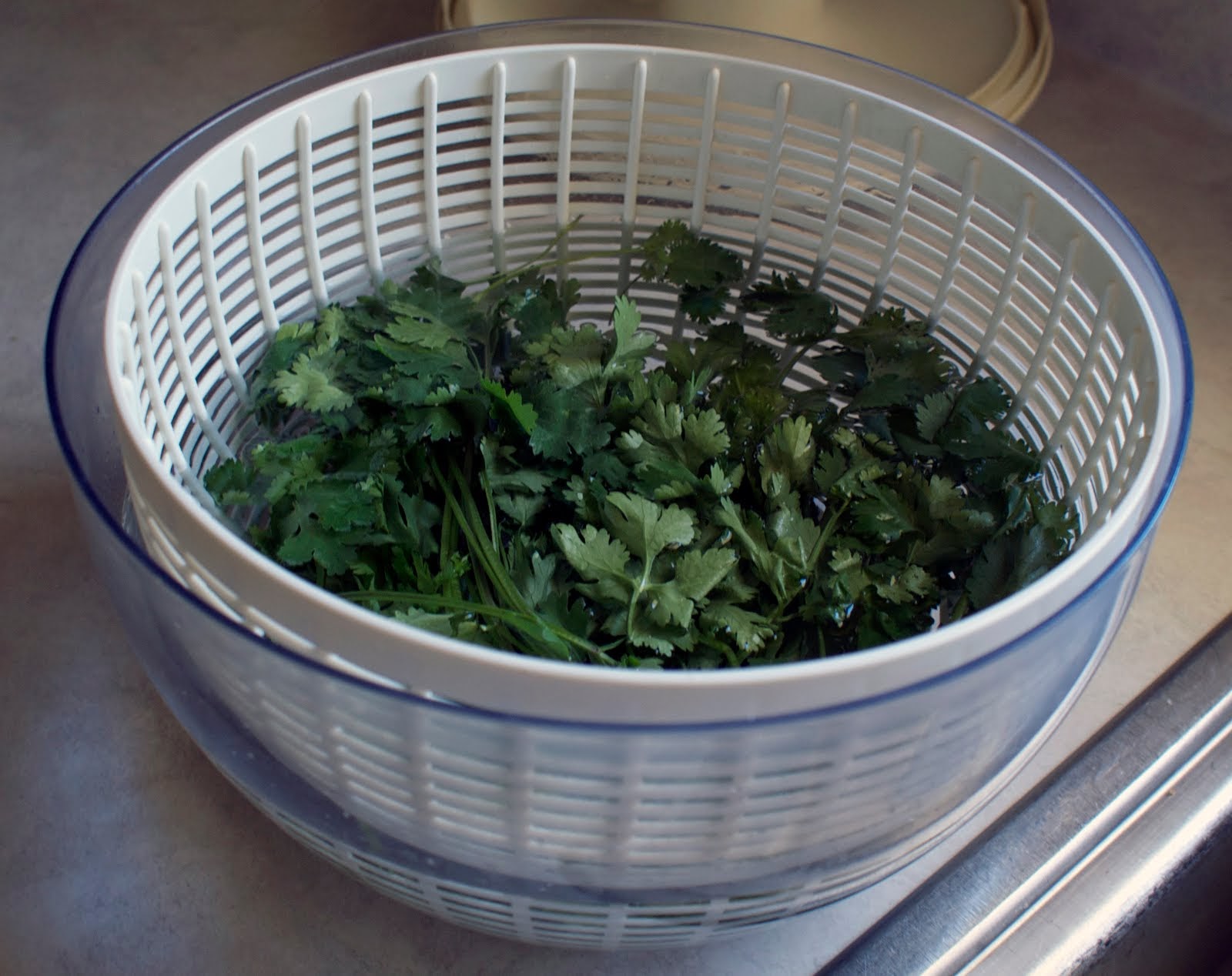

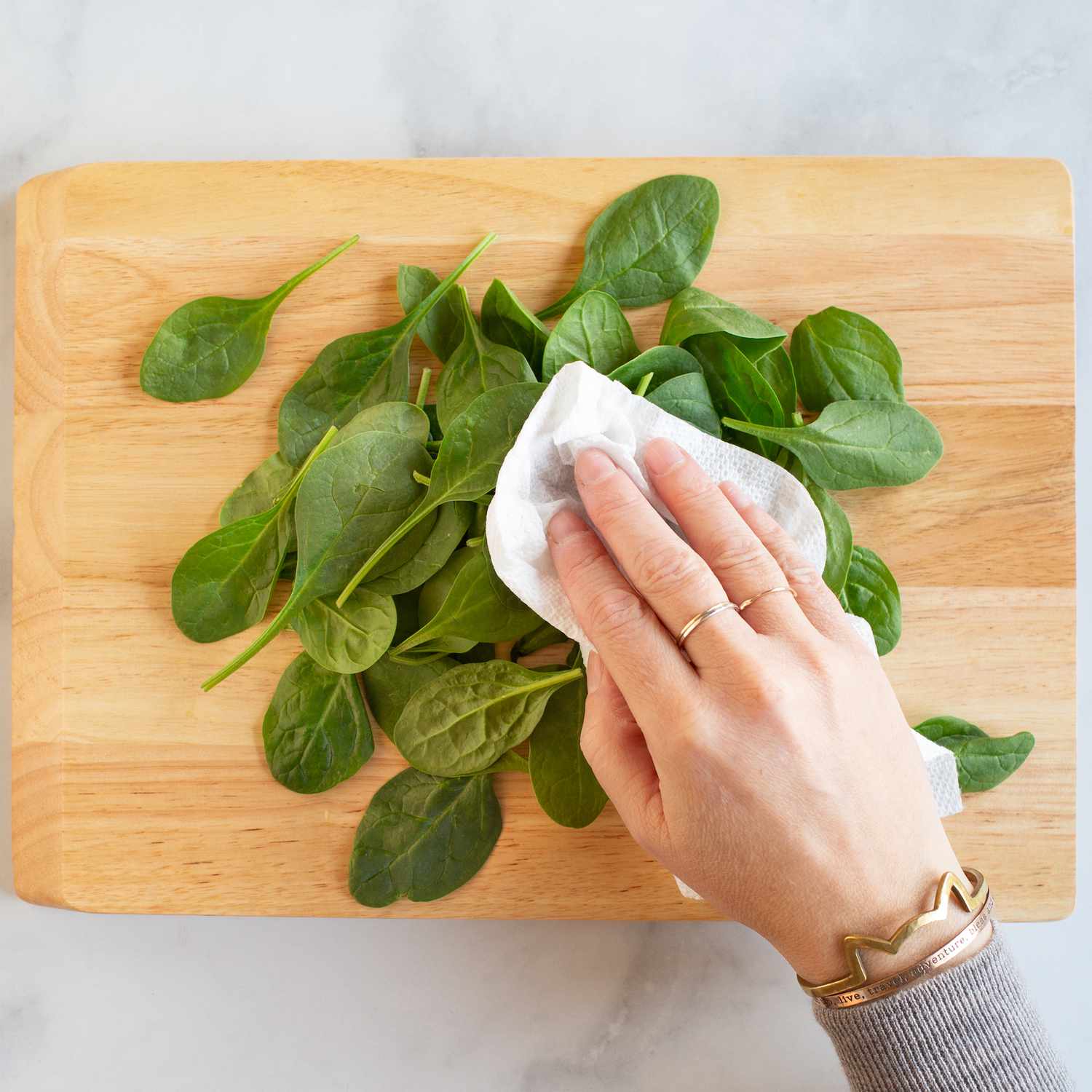
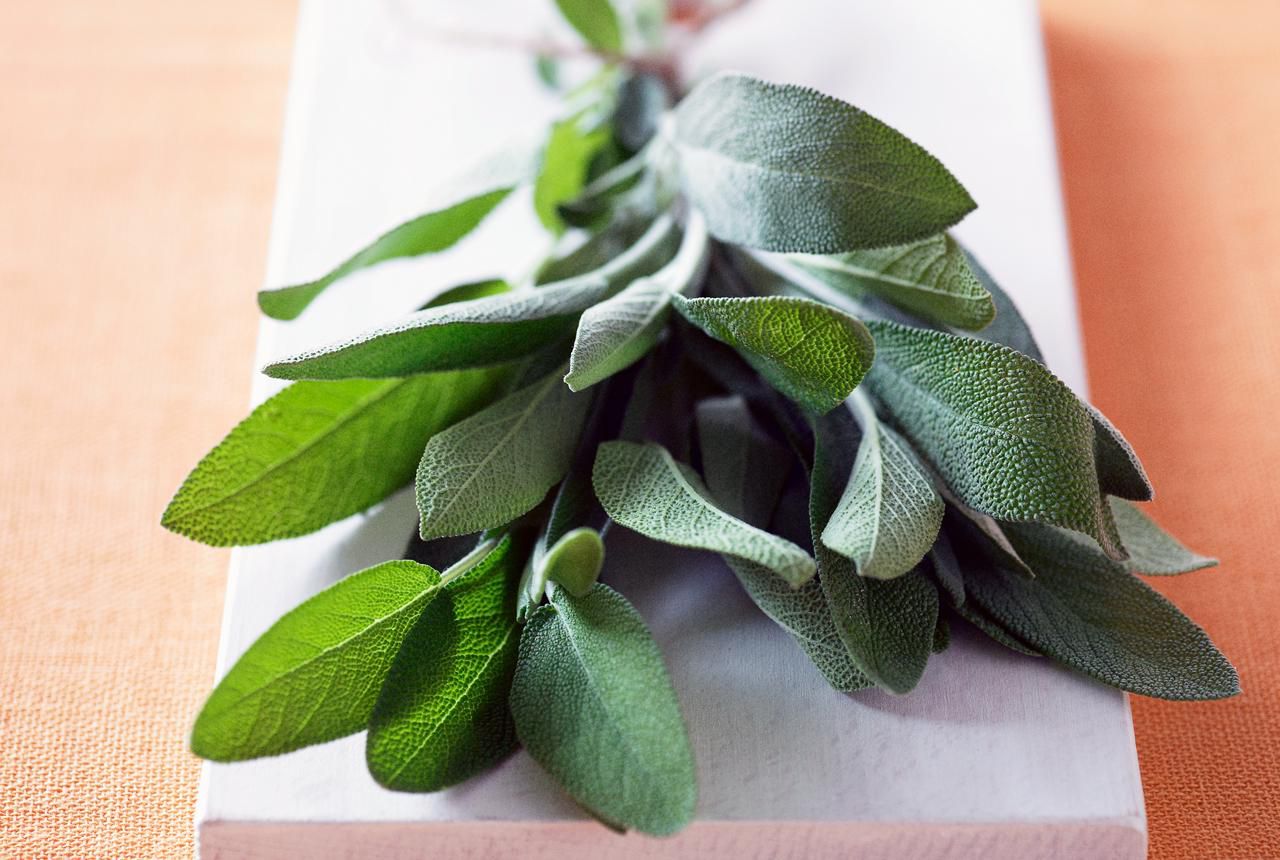

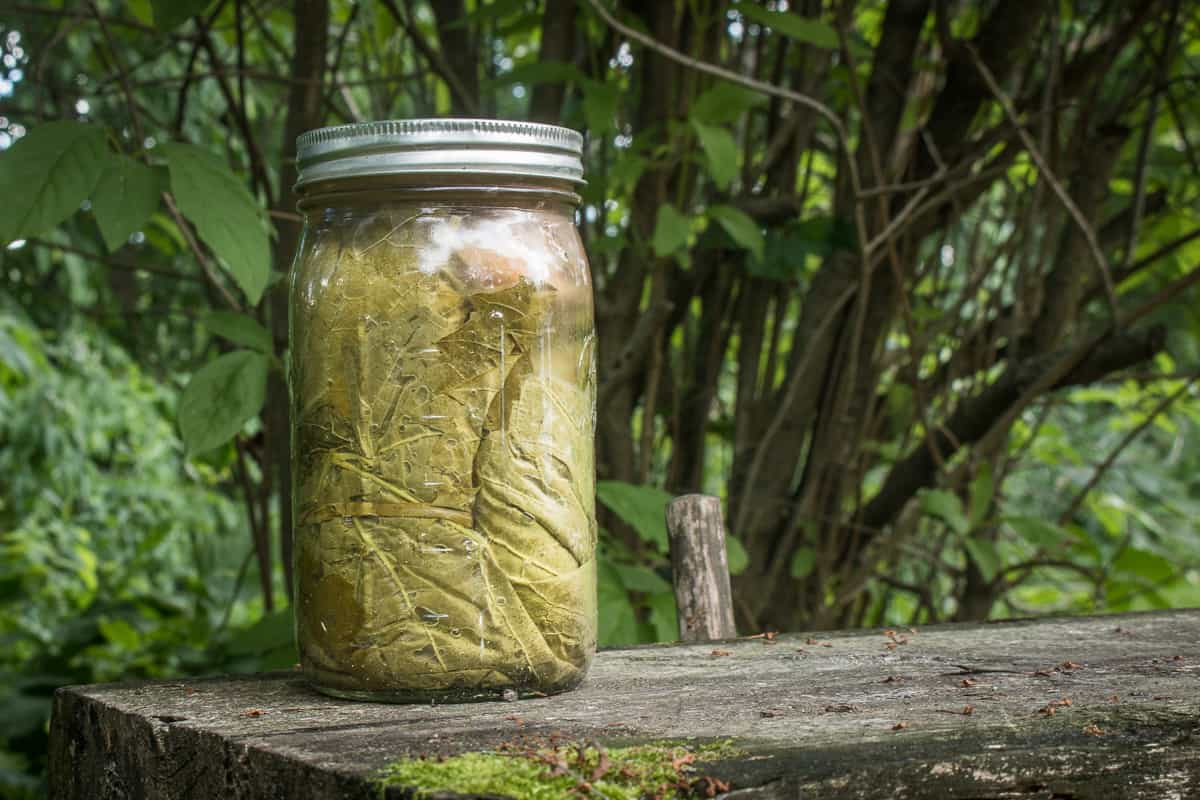
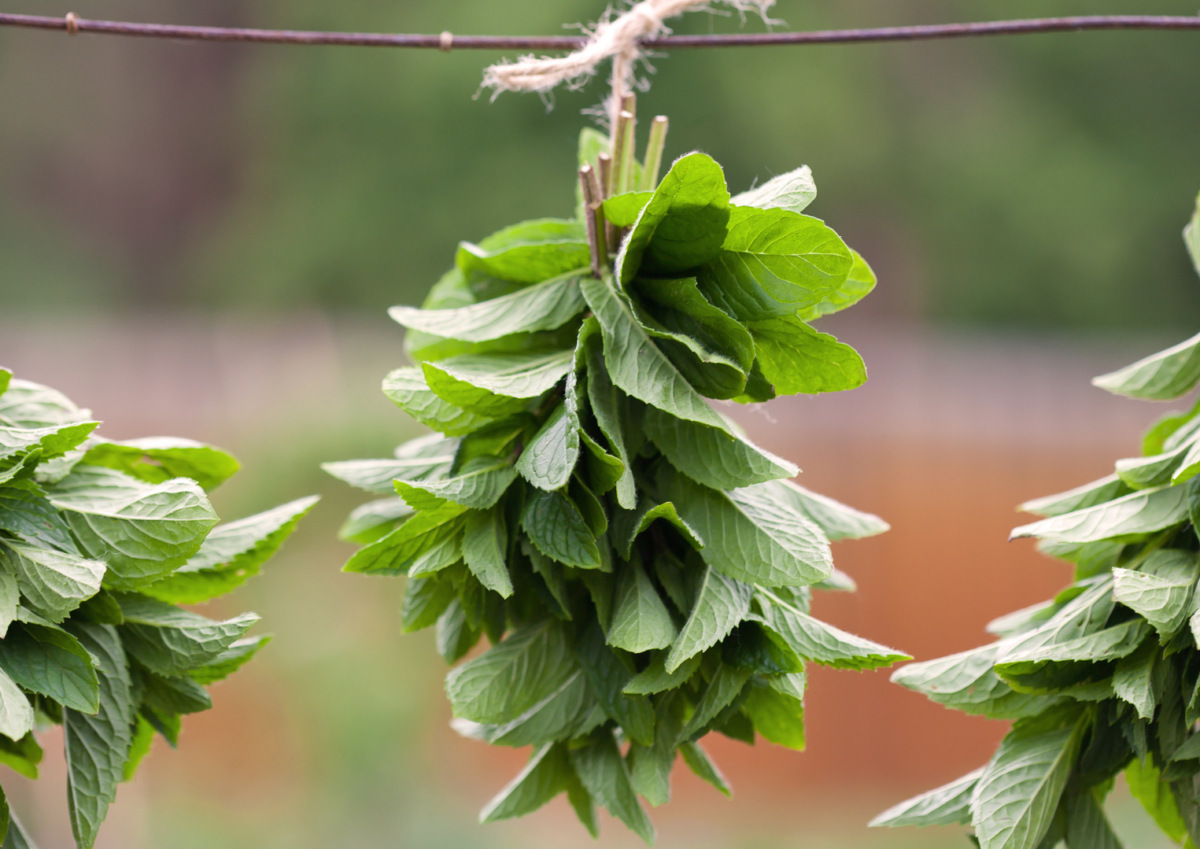
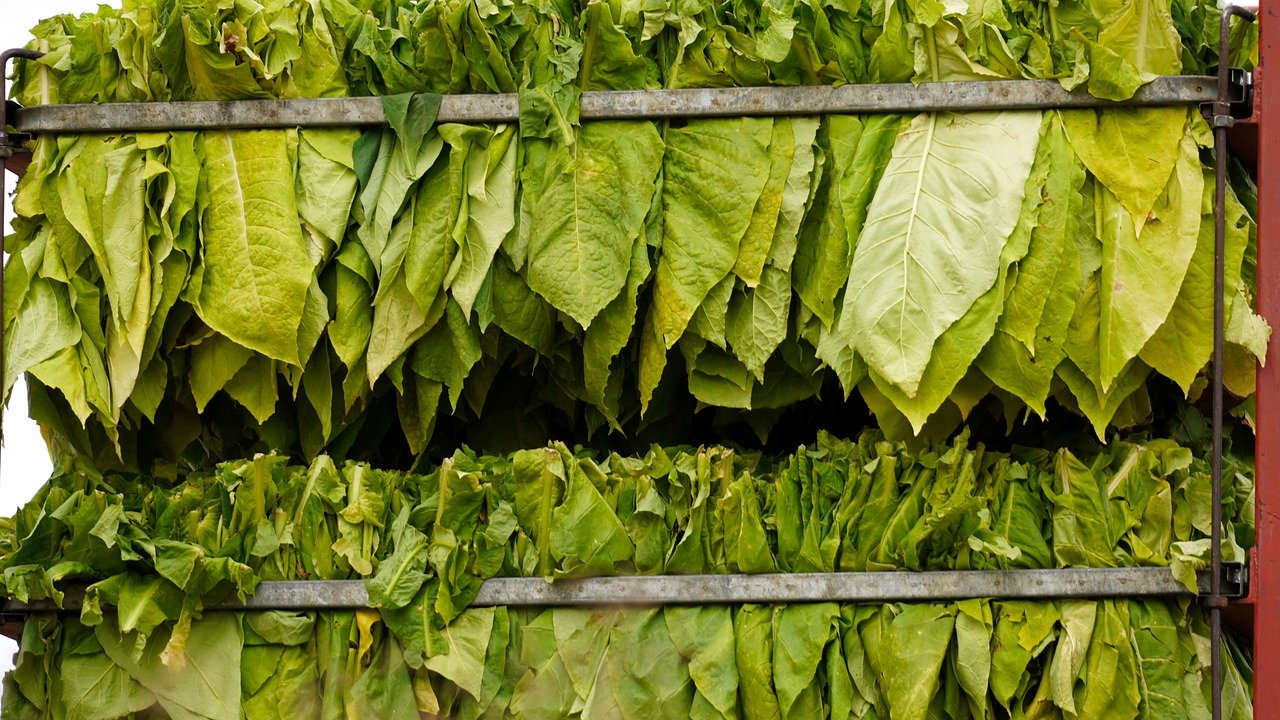
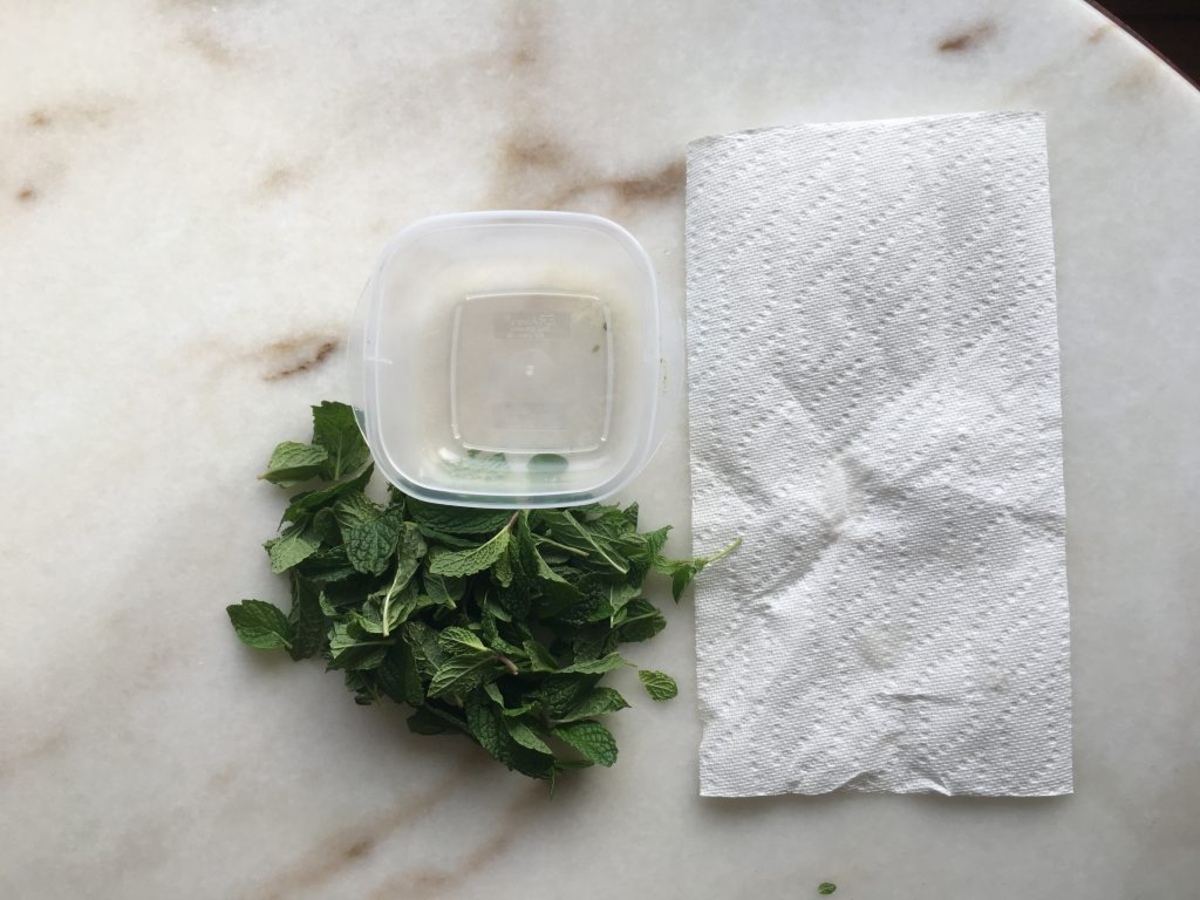
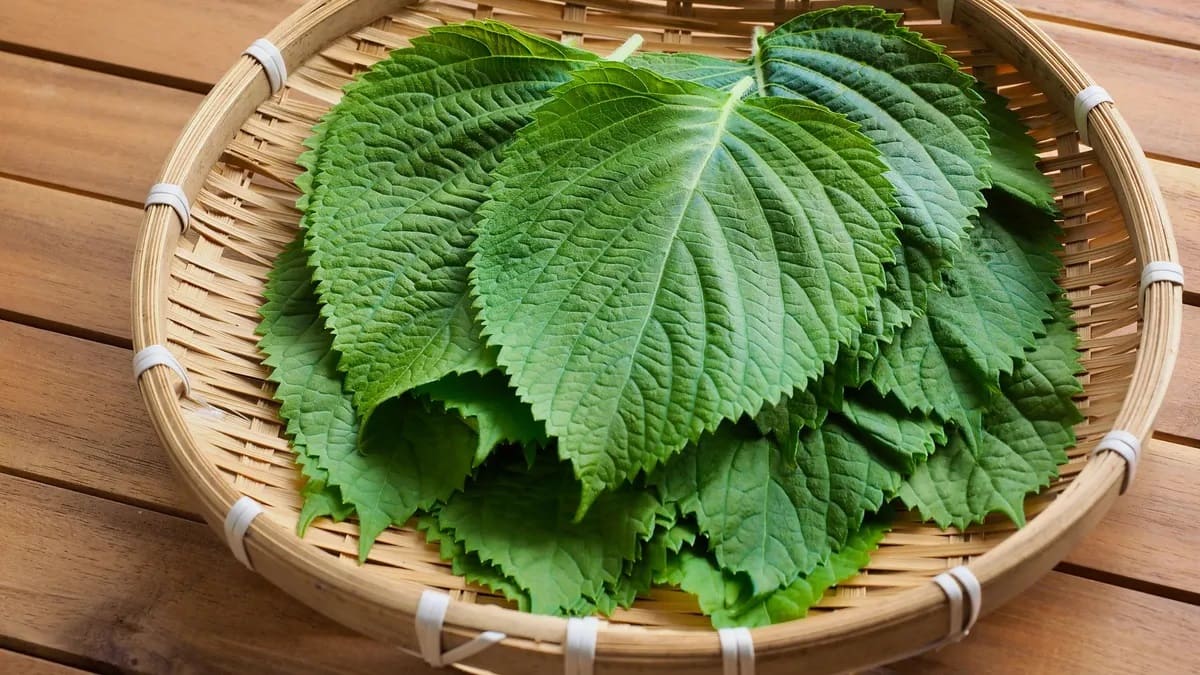
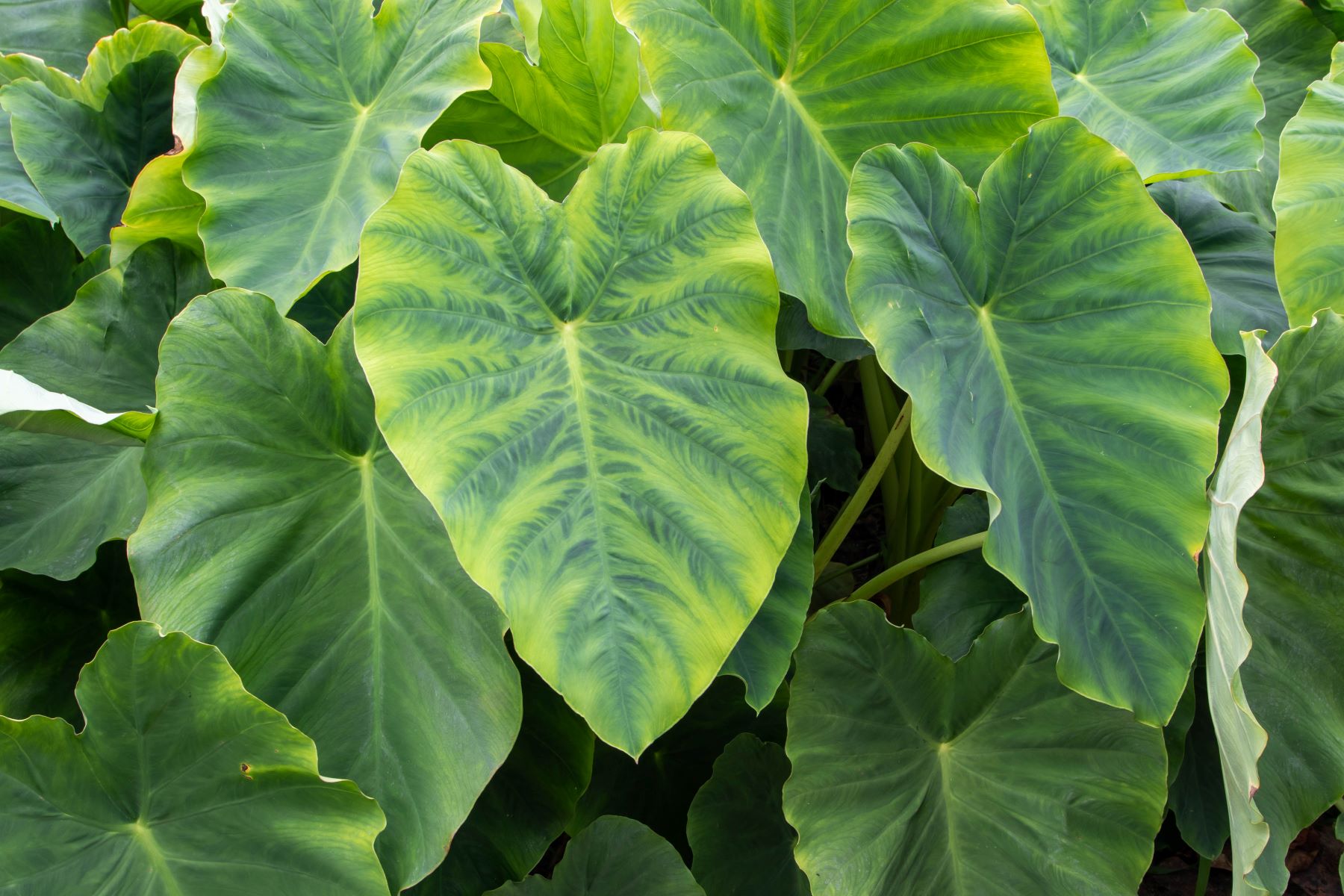
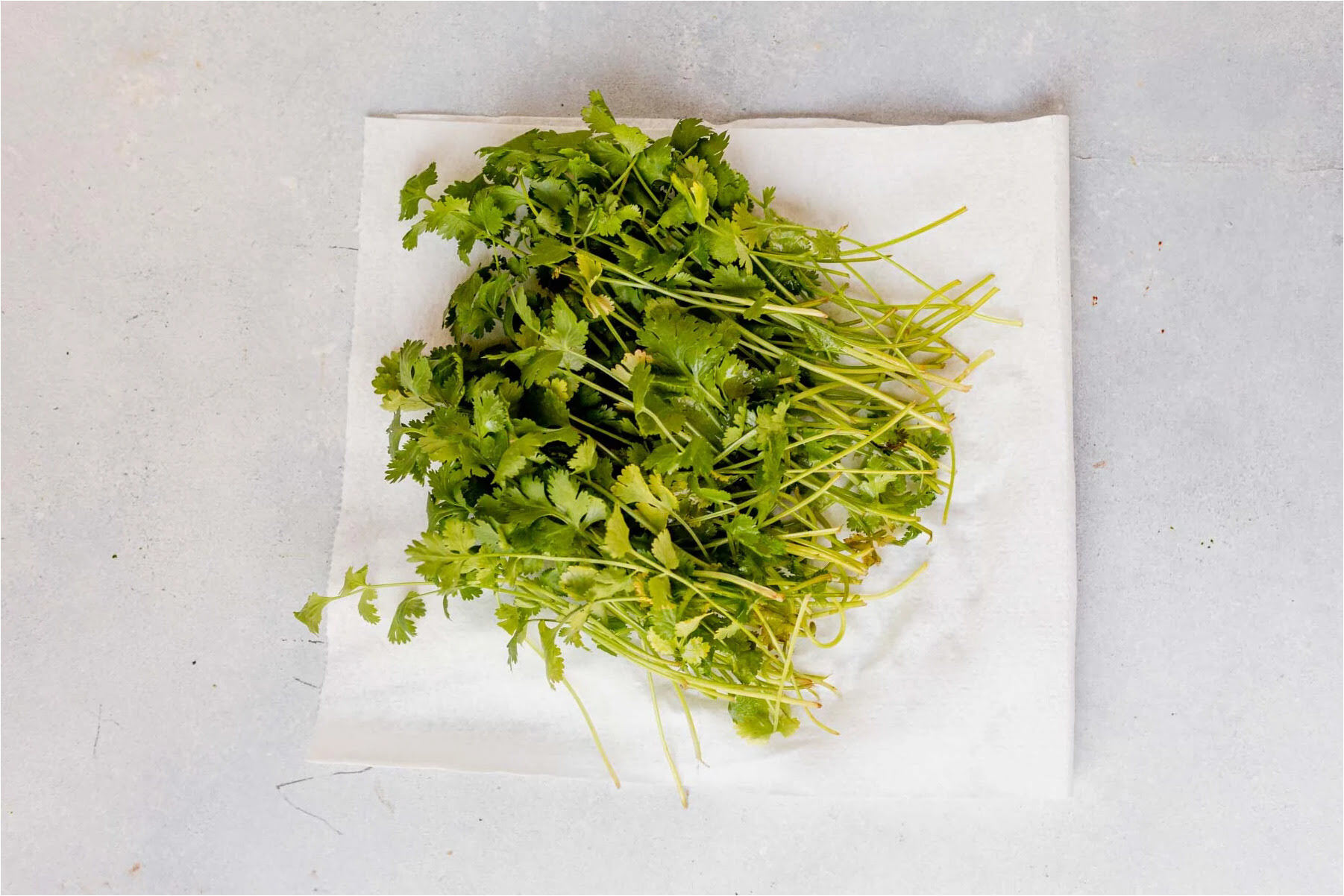
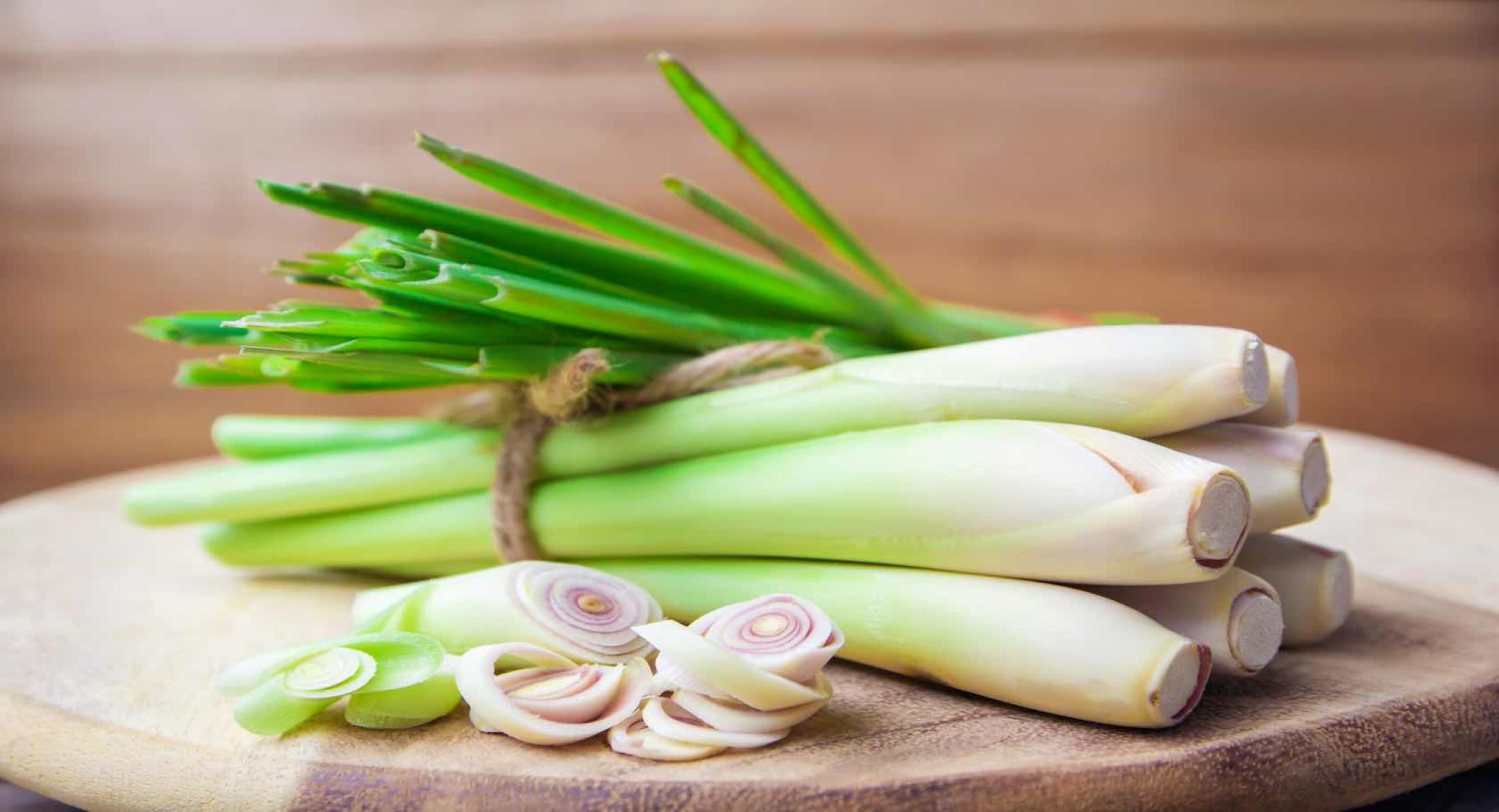


0 thoughts on “How To Store Bay Leaves”